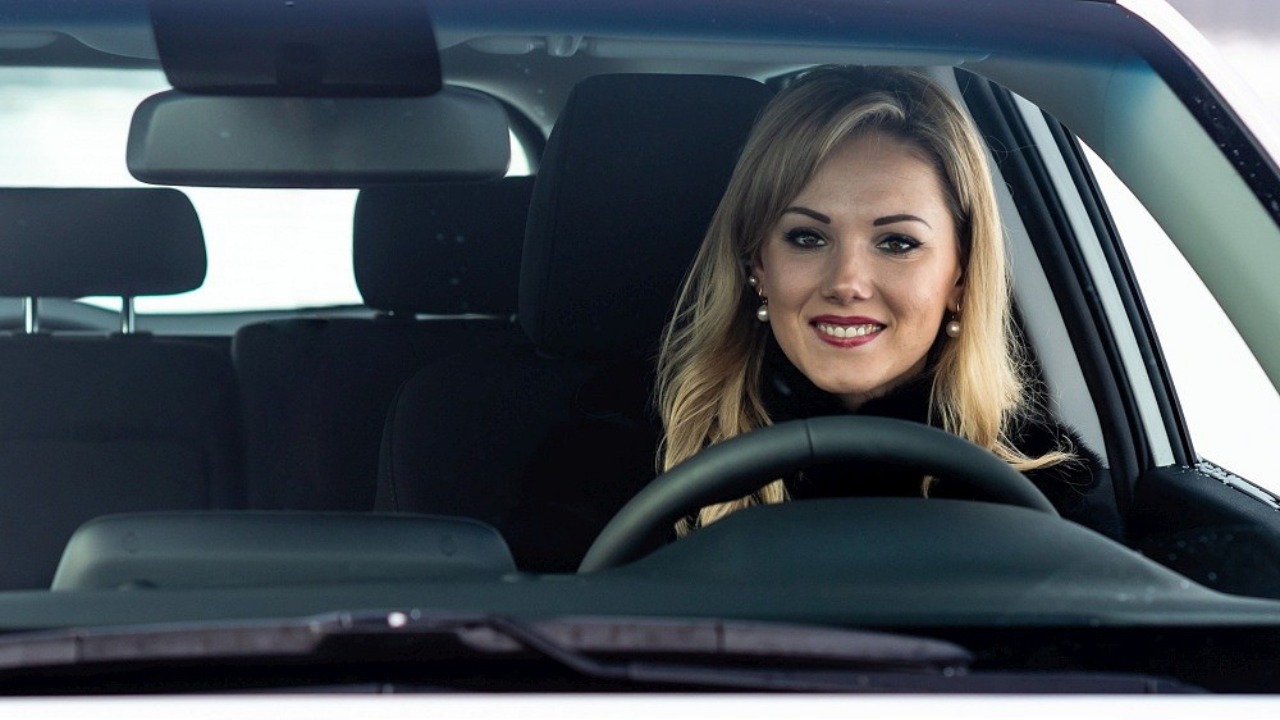Why Counting Passengers in Cars Matters
Counting the number of passengers in vehicles on the road has a wide range of applications. From HOV lane enforcement to discounted parking rates for carpooling, knowing vehicle occupancy can improve traffic management, reduce congestion, and promote environmental sustainability.
Inex Tech’s AI-Powered Passenger Counting Solution
Advanced Camera Technology for Vehicle Occupancy Detection
Inex Tech provides an advanced passenger detection camera solution that can see through the windshield of moving vehicles and deliver high-quality images in any lighting conditions. The AI-powered image processing system counts passengers and extracts other relevant vehicle information.
Through multiple deployments, we’ve gathered insights on the capabilities and limitations of this technology. Below, we summarize our key findings to help optimize deployment and improve accuracy.
Best Practices for Optimizing Passenger Detection Accuracy
1. Optimal Camera Placement
1. Overhead straight-on positioning yields the best view of the interior.
2. Side-of-road placement works well for capturing the occupant on the opposite side but other occupants may be blocked by the front door column.
2. Moving Vehicles Offer Better Accuracy
Vehicles in motion—especially on a curve—may offer better image acquisition opportunities.
3. AI vs. Human Eye: The Power of Machine Learning
1. Inex custom AI algorithms often outperform the human eye in detecting passengers.
2. However, significant occlusion (e.g., car frame, seat obstructions) reduces detection chances. Good camera placement is important.
4. Using Multiple Cameras for Better Visibility
1. Dual-camera setups (left and right sides of the road) improve passenger detection by merging data from both angles. Inex AI algorithm automatically merges signals from all connected cameras.
2. However, additional cameras increase system costs, requiring a balance between accuracy and budget.
5. Day vs. Night Performance
1. Nighttime detection is often more consistent due to controlled infrared illumination.
2. Daytime sunlight can cause windshield reflections, reducing visibility.
3. The Inex IZA500GDFC dual-sensor global-shutter camera, equipped with external strobe illuminators, ensures clear images even under direct sunlight.
6. Installation Impacts Accuracy
1. Straight-on overhead installations may achieve close to 100% accuracy.
2. Off-angle placements reduce detection success rates.
7. Challenges in Detecting Back Seat Passengers
1. Back seat passengers are often occluded, making detection unreliable.
2. The system cannot detect passengers lying down or babies in rear-facing child seats.
8. Privacy Considerations
Non-Biometric Data Processing
1. Car occupant counting technology is not a type of biometric surveillance. The occupant counting system does not perform automated facial recognition or store personally identifiable information.
Compliance with Privacy Regulations
1. While the system does not involve biometric processing, it is always a good idea to review local privacy laws and regulations to ensure compliance with jurisdictional requirements and best practices.


Applications of Passenger Counting Technology
1. Incentive-Based Carpooling and Environmental Monitoring
1. Ideal for programs that encourage carpooling by offering discounts on tolls and parking.
2. Effective for monitoring environmental impact by tracking multi-occupancy vehicles.
2. HOV Enforcement: Feasibility and Challenges
1. HOV 2+ enforcement is achievable using AI-powered camera systems.
2. Real-time enforcement (e.g., sending police to intercept violators) may be costly and ineffective.
3. Mail-in violation notices (where legally permitted) can be a more effective enforcement method.
4. HOV 3+ enforcement is impractical due to the difficulty in detecting back seat passengers.
3. Ensuring Passenger-Free Vehicles in Specific Applications
1. Useful for monitoring commercial vehicles, ensuring that no unauthorized passengers are present.
2. Can be implemented in security-sensitive areas requiring strict occupancy control.
Final Thoughts: Maximizing System Efficiency and Accuracy
Inex Tech’s AI-powered passenger counting solution presents a significant advancement in vehicle occupancy detection. While optimal camera placement, movement-based detection, and dual-camera setups enhance accuracy, challenges like occlusions and back seat passenger visibility remain.
This technology is best suited for applications where passengers willingly comply with being seen, such as carpooling incentive programs and HOV lane monitoring. By integrating AI-powered image recognition with strategic enforcement mechanisms, organizations can enhance traffic efficiency, reduce congestion, and support sustainability initiatives.
For more information on how Inex Tech’s vehicle occupancy detection solutions can benefit your operations, contact us today!

